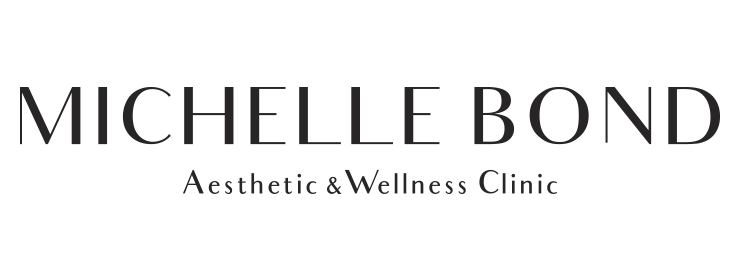The techniques used in physiotherapyin breast cancer are techniques that seek:
- Reduce edema, such as massage, lymphatic drainage, compression bandaging, elastic sleeve, and pressure therapy;
- Increase the patient's strength, range of motion, and functionality through clinical exercise.
- Manual techniques such as massage or myofascial therapy to improve the condition of the surrounding soft tissue and scar.
Other treatment techniques can also be used, depending on the changes in each patient, such as electrotherapy, acupuncture, myofascial techniques or even exercises and pelvic floor physiotherapy. The work of the pelvic floor muscles has a huge impact since sexual function is often affected after cancer.
Physiotherapy over time
Breast cancer survivors should have periodic follow-up with their oncologist and should be aware of possible changes that may appear and that may be an alert for new pathologies. Among which we can highlight pathologies such as dysfunctions in range of movement, pain, fatigue, neuropathy, bone fragility and arthralgias, as well as cardiovascular and pulmonary function.
In these cases, the physical therapist acts to prevent possible dysfunctions as well as to treat them, always performing a previous evaluation and elaborating a personalized treatment and exercise plan.












